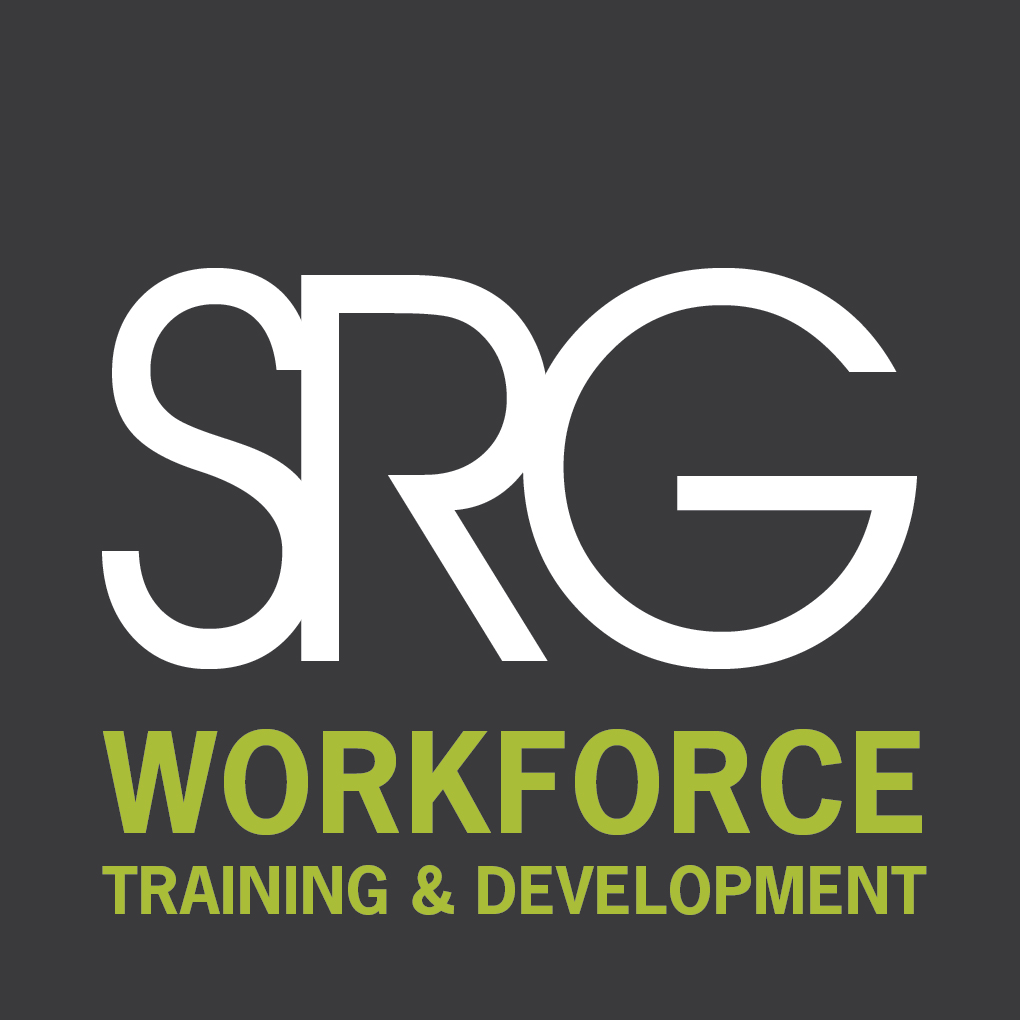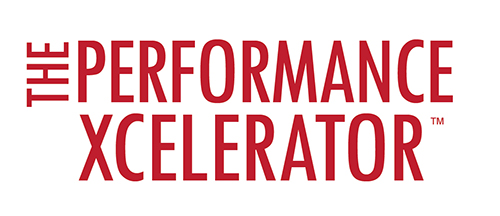
Turbulent Waters
How to Keep Your Top Performers from Jumping Ship
A recent Gallup poll revealed that less than half of North Americans were completely satisfied with their jobs, and more than 20 percent had applied for other positions within the previous six months. And while hiring remains a bit sluggish, our economy is on the rebound, with job growth on a steady incline. Baby Boomers are retiring at a fast pace, and our next generation of workers is smaller than the current one. In light of this scenario, it’s become more challenging to hire and keep top talent. With a growing window of opportunity for job seekers, you need to be at the top of your retention game or you’ll risk losing “A Team” players to your competition.
Want to avoid a mutiny? Use these five ideas to keep top employees from abandoning ship:
- BE THE EMPLOYER OF CHOICE
Your best employees produce up to 12 times more than the average worker. When a superstar vacates a key position, the operating cost in their absence can be as high as $7,000 a day. So, what can you do to keep these valued team members right where they are–at the helm of your company? Money counts, of course, but it’s not the only thing that matters when a person makes a career decision. The best way to keep your leaders–whether they’re new hires or experienced veterans–is to let them lead. This includes appropriate coaching and development, accessibility, engagement and autonomy, as well as the right work/life balance and community footprint. - NURTURE YOUR TOP PERFORMERS
To best satisfy your top performers, you need to help them achieve both their professional and personal goals…and nurture them in a way that these goals work together for the benefit of everyone involved. You want your superstars to stay with your company long-term? Then give them the professional growth opportunities, clear career paths and mentoring they need. It’s that simple. - COACH BUT DON’T CLONE
High performers crave challenge and constant knowledge enrichment. Implement training and development programs with this in mind.
Value their differences. Help them be their best, not your best. Ask them questions and actively listen for their input. Uncover their thoughts, assumptions and perceptions about their work environment and career path. Encourage dialogue that enables both of you to see how different approaches can lead to more effective results. Avoid the “my way or the highway” style, which can be disempowering.
Treat each one as an individual. There’s no cookie-cutter process for what makes a leader effective. Some people need regular input and encouragement, while others just want to be left alone. Either way, each one deserves and appreciates being treated like the individuals they are.
Offer attractive training opportunities. Encourage employees to attend seminars, workshops and conferences to hone their professional skills. Word will get out that you really care and are willing to invest in the professional advancement of your workforce. - BE ACCESSIBLE
Managers spend 80 percent of their time with the bottom 20 percent of performers. So deal with or eliminate the bottom-feeders and capitalize on your top talent.
Don’t keep them waiting. High performers need to move quickly. They’re innovative and like to dabble in new things. So, be there to give them approval and direction, then let them have at it. This will foster their naturally strong levels of energy, enthusiasm and loyalty.
Hold “stay interviews.” Have regularly scheduled meetings to keep communication lines open and uncover any potential concerns at an early stage.
Anup M. Manchada, co-founder of the executive leadership school THNK, summed it up when he said: “Empower your top people, allowing them to enrich their spirit and give them more control and direction of the lives they want to lead. Step back and watch them deliver. That is more powerful than money.” - CREATE THE RIGHT CULTURE
People are more likely to stay in an environment that reflects their personalities, preferences and priorities.
Offer flexibility, flexibility and more flexibility! Today’s employees demand flexibility on the job and balance in their lives. Offer telecommuting, job sharing and/or four-day work week options. In 2010, 84 percent of Fortune’s Best 100 Companies to Work For allowed employees to work from home at least 20 percent of the time.
Motivate with positive recognition. Whether the reward is tangible (such as a bonus) or intangible (such as the chance to leave early on a Friday afternoon), few things are more motivating than rewarding employees’ successes–and the results are priceless.
Build and promote your triple bottom line (TBL). TBL is the total impact of your company’s operations on society, on the environment and on the economy. Companies that practice sustainability have a decided advantage in the war for top talent. In many cases, an organization’s reputation as a fair, considerate employer and a good corporate neighbour are more important than pay or lay-off potential.
Remember the Golden Rule? Do unto others as you would have done unto you. It’s been around forever–for a good reason. Treat your valued employees the way you’d want to be treated, and think about what motivates you to get up and go to work every day, and year after year. Then, go make it happen! The pick of the talent crop will be yours for the taking–and your best employees will stay loyal to you.


A key stage in SRG’s Workforce Maximizer system is The PERFORMANCE XCELERATOR™ which allows SRG to harness key performance indicators in order to maintain optimal productivity. Utilizing workforce cycle employment methods, our trained team of Account Managers actively coach and counsel our Team Members to mitigate turnover and increase employee retention.
For more information on SRG’s workforce training and development services, contact your local SRG office.
VIEW CURRENT OPENINGS Click here to return to the Resource Hub.

